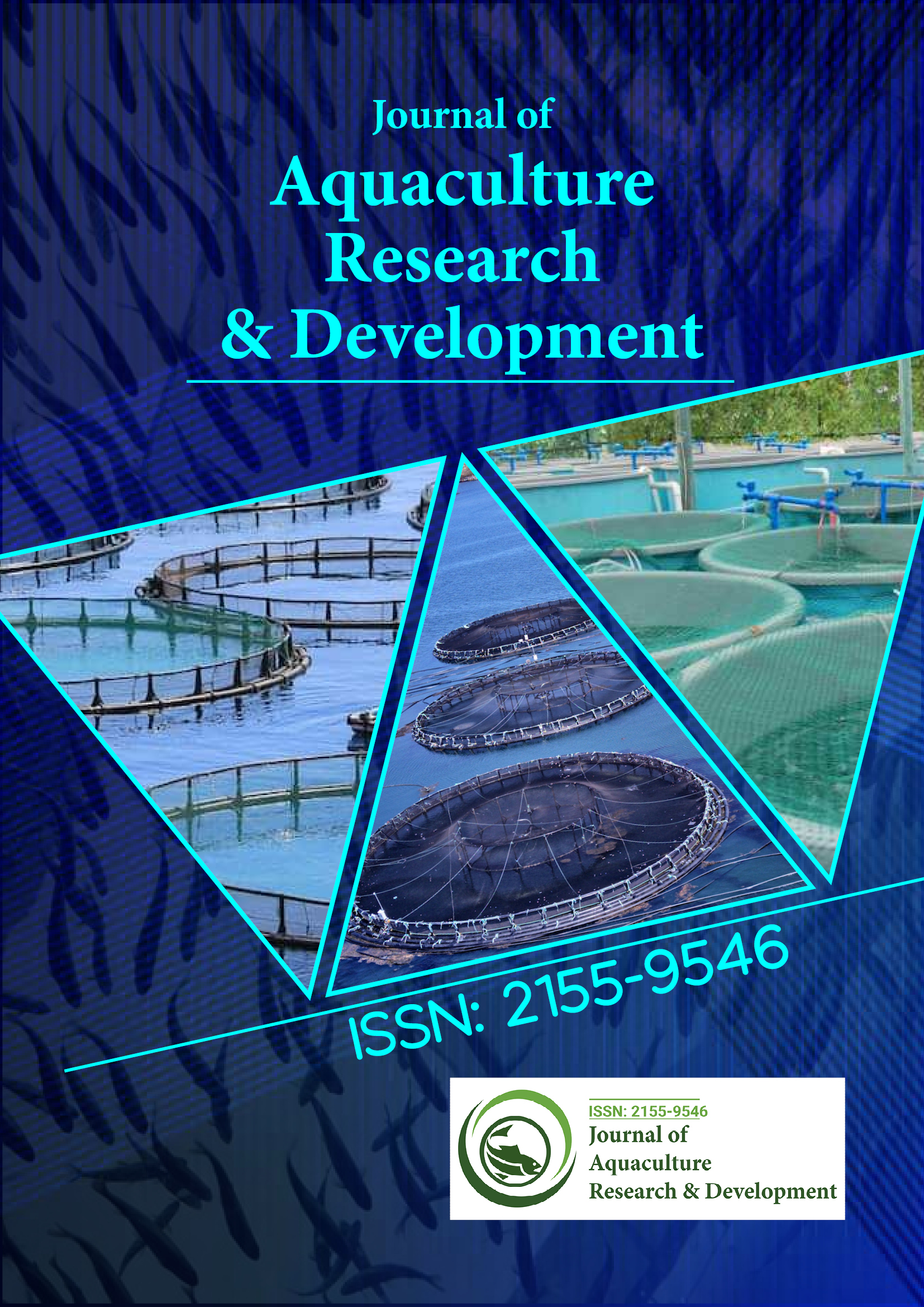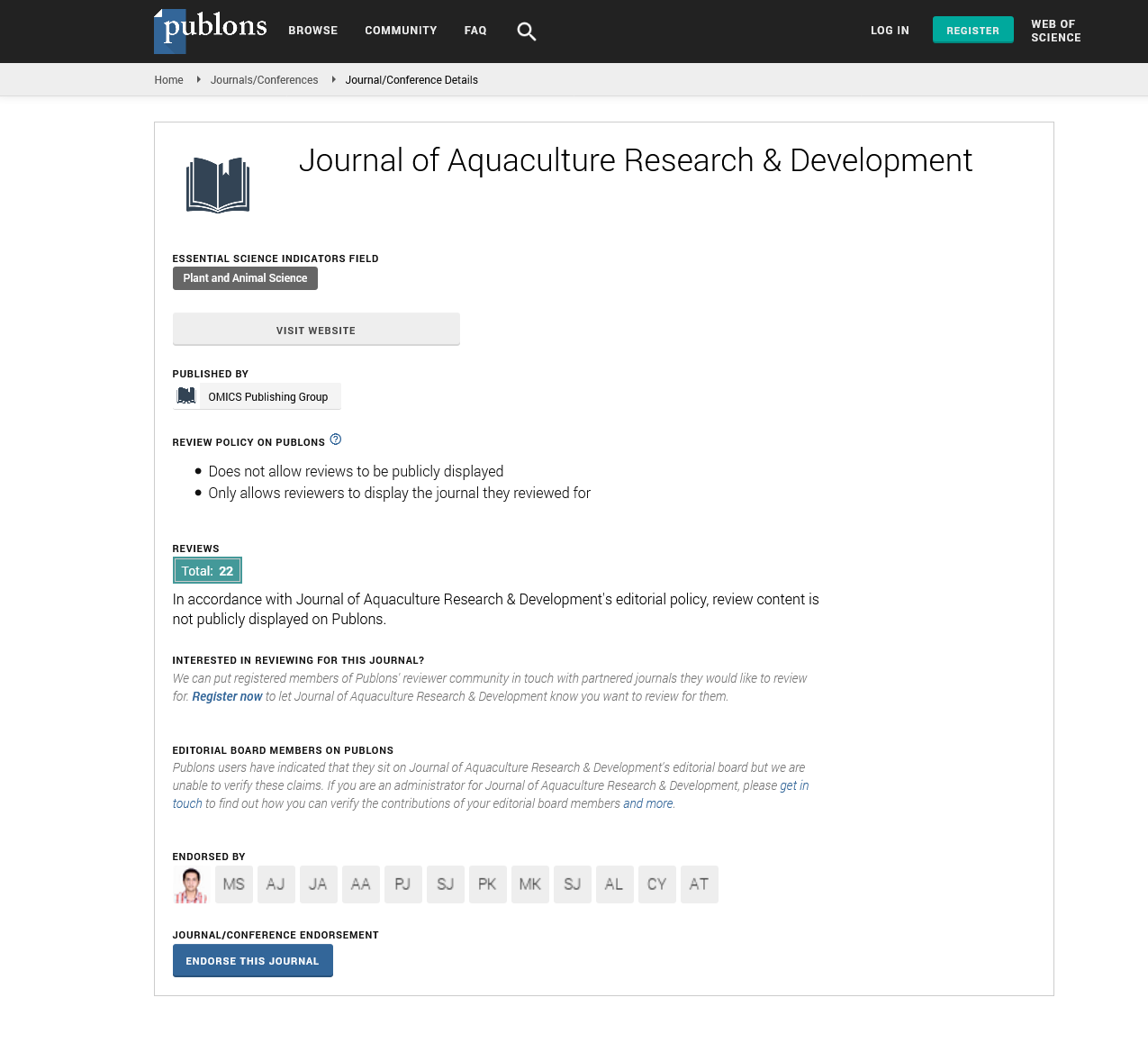Indexed In
- Online Access to Research in the Environment (OARE)
- Open J Gate
- Genamics JournalSeek
- JournalTOCs
- Scimago
- Ulrich's Periodicals Directory
- Access to Global Online Research in Agriculture (AGORA)
- Electronic Journals Library
- Centre for Agriculture and Biosciences International (CABI)
- RefSeek
- Directory of Research Journal Indexing (DRJI)
- Hamdard University
- EBSCO A-Z
- OCLC- WorldCat
- Scholarsteer
- SWB online catalog
- Virtual Library of Biology (vifabio)
- Publons
- MIAR
- University Grants Commission
- Euro Pub
- Google Scholar
Useful Links
Share This Page
Journal Flyer

Open Access Journals
- Agri and Aquaculture
- Biochemistry
- Bioinformatics & Systems Biology
- Business & Management
- Chemistry
- Clinical Sciences
- Engineering
- Food & Nutrition
- General Science
- Genetics & Molecular Biology
- Immunology & Microbiology
- Medical Sciences
- Neuroscience & Psychology
- Nursing & Health Care
- Pharmaceutical Sciences
Perspective - (2025) Volume 16, Issue 1
Dietary Microalgae Supplementation Enhances Growth and Immunity in Nile Tilapia
Minne Santhosh*Received: 01-Jan-2025, Manuscript No. JARD-25-28612; Editor assigned: 03-Jan-2025, Pre QC No. JARD-25-28612 (PQ); Reviewed: 17-Jan-2025, QC No. JARD-25-28612; Revised: 24-Jan-2025, Manuscript No. JARD-25-28612 (R); Published: 31-Jan-0025, DOI: 10.35248/2155-9546.25.16.948
Description
Nile tilapia (Oreochromis niloticus) is one of the most widely farmed freshwater species due to its adaptability, rapid growth, and high consumer demand. However, the sustainability of tilapia aquaculture is increasingly challenged by the rising cost and environmental impact of conventional feed ingredients, particularly fishmeal. In response, microalgae have emerged as a viable alternative, offering nutritional benefits along with bioactive compounds that promote growth and immune health. Recent research underscores the potential of dietary microalgae supplementation in enhancing both the productivity and disease resistance of Nile tilapia, making it a promising innovation in sustainable aquafeed development.
Microalgae such as Chlorella vulgaris, Spirulina platensis, and Nannochloropsis species are rich in proteins, essential fatty acids, vitamins, pigments, and antioxidants. These nutritional attributes are crucial for the healthy development of tilapia, supporting tissue growth, metabolic function, and immune activity. When incorporated into tilapia diets, microalgae contribute not only as a protein source but also as functional additives that enhance physiological responses. Experimental diets supplemented with microalgae have shown significant improvements in Specific Growth Rate (SGR), weight gain, and Feed Conversion Ratio (FCR) compared to traditional fishmealbased diets.
In terms of immunity, microalgae offer considerable advantages. The presence of bioactive compounds such as β-glucans, phycocyanin, and polysaccharides in certain species like Spirulina and Chlorella plays a pivotal role in activating the innate immune system. These compounds stimulate macrophage activity, enhance lysozyme levels, and increase the production of immunoglobulins, thereby improving the fish's defense against pathogens. Several controlled studies have demonstrated that tilapia fed with microalgae-enriched diets show increased resistance to bacterial infections such as Aeromonas hydrophila, which is commonly associated with high mortality in aquaculture systems.
A notable study conducted using Chlorella vulgaris at a 15% dietary inclusion level reported a significant increase in body weight, improved survival rates, and upregulation of immunerelated genes. Similarly, feeding trials with Spirulina platensis have shown enhanced antioxidant capacity and elevated levels of cytokines associated with immune modulation. These effects collectively translate into healthier fish stocks, reduced reliance on antibiotics, and better economic outcomes for aquaculture operations.
Despite these promising results, the practical application of microalgae in commercial tilapia farming does face challenges. The cost of large-scale microalgae production and the digestibility of certain algal cell walls can limit efficiency. Nevertheless, advances in cultivation techniques, such as heterotrophic algae production and enzymatic cell wall disruption, are helping to overcome these barriers. In conclusion, dietary microalgae supplementation represents a valuable strategy for improving both the growth performance and immune resilience of Nile tilapia. As the aquaculture industry continues to seek sustainable and cost-effective feed alternatives, microalgae stand out as a scientifically validated, environmentally friendly solution with considerable potential for broader adoption.
Microalgae have emerged as a sustainable and functional alternative to traditional fishmeal in aquaculture. This article explores the use of microalgae in the diet of Nile Tilapia (Oreochromis niloticus), focusing on growth performance, feed utilization, and immune response. The results from recent trials indicate that microalgal inclusion enhances overall fish health and production efficiency, offering a promising solution to environmental and economic challenges in aquafeed. Aquaculture's reliance on fishmeal has raised sustainability concerns due to overfishing and high costs. Microalgae, rich in proteins, lipids, and bioactive compounds, provide a promising substitute. They offer not only nutritional benefits but also bioactive compounds that can stimulate immune responses and improve gut health in fish.
Common microalgal species used in aquafeed include Chlorella vulgaris, Spirulina platensis, and Nannochloropsis oculata. These species contain high levels of essential fatty acids, amino acids, and pigments like astaxanthin, which are beneficial for fish growth and coloration. Feeding trials involving Nile Tilapia have demonstrated several benefits. Studies show that incorporating 10-20% microalgae in the diet enhances weight gain and feed conversion ratios. Microalgae also boost innate immune responses, increasing resistance to common pathogens like Aeromonas hydrophila. Additionally, the presence of prebiotic compounds in microalgae fosters beneficial gut microbiota.
Citation: Santhosh M (2025). Dietary Microalgae Supplementation Enhances Growth and Immunity in Nile Tilapia. J Aquac Res Dev. 16:948.
Copyright: © 2025 Santhosh M. This is an open access article distributed under the terms of the Creative Commons Attribution License, which permits unrestricted use, distribution, and reproduction in any medium, provided the original author and source are credited.

